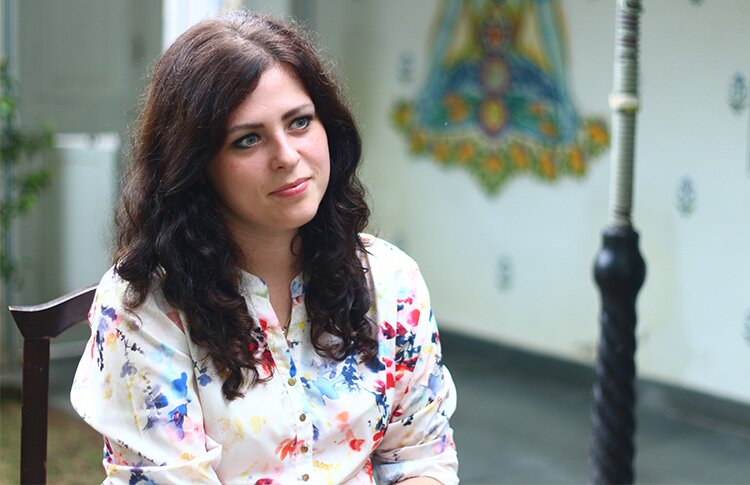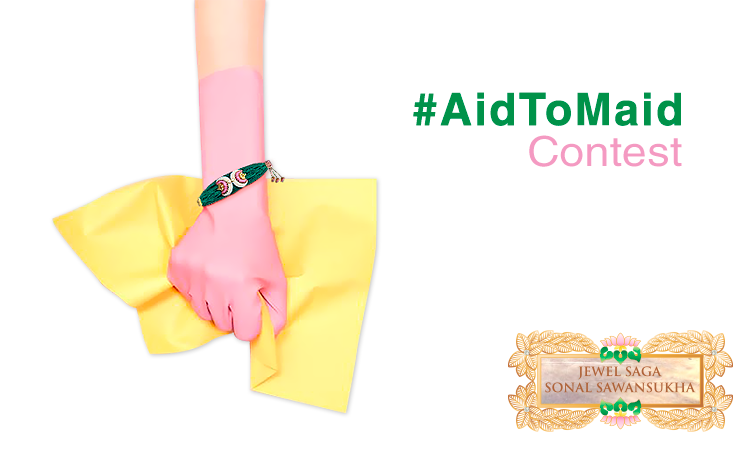Talk Journalism: Scientists & Journalists Tried Saving People From The Kedarnath Tragedy 9 Years Back
- JWB Post
- July 30, 2016
After a crazy traffic-filled car ride, our route finally led us to Hotel Fairmont, Jaipur to attend the Talk Journalism event. We were welcomed by men in Sherwanis holding umbrellas. Three words. Best. Day. Ever.
With a lot of hope and excitement, I walked to my first session which was curated by Avinash Kalla, the founder of VOX foundation. The speakers for the session were Mr. Jagdish Chandra from ETV, Mr. Ayaz Memon who is a renowned sports journalist, and Mr. Laxmi Pant who is Rajasthan’s state editor for Dainik Bhaskar. The topic for the session was- ‘Looking back at our Journey in Journalism’. The flow started with Ayaz Memon being the first one to speak.
“What made a lawyer turn into a journalist and that too, a sports journalist?”, Avinash asked.
A smile crept on Mr. Memon’s face.
“Back then, I was a student at St. Xavier’s College in Mumbai. I was studying law and working for the Sports Weekly Magazine side-by-side. I remember one of my assignments was to cover a test match. I was given the best possible seat to cover the match, and I was getting paid for it. And I thought, how better can it get? You’re getting paid to do something you love! That’s when Law took a backseat and Sports Journalism took over,” he said.
Mr. Jagdish Chandra was up next.
“What was your journey like, from a bureaucrat to a journalist?” asked Avinash.
“I don’t completely identify as a journalist. I’m half journalist, half administrator(prashaasak). When I had two years to go for my retirement, I noticed this one man in my colony. Every time I wished him Namaste, he wouldn’t reply. This only happened after his retirement. When asked why he wouldn’t reply, he said, ‘Retired people don’t feel like it.’ It made me think that retirement is a slow death, and I don’t want one. You need to be reasonably busy with a reasonable recognition. How do I do that? There are two fields where I think I’ll be kept busy. Either with the government or with the media. My term with the government was over so I went along with media. I approached L.P. (Laxmi Pant) to work with him on his newspaper. He said that print media works from 12 a.m. to 12 p.m., and I did not find myself feeling comfortable with working that long so I went over with broadcast journalism which was ETV. There I only had to work for 2 hours, and I have gained recognition from it, so that is all I needed. “
The floor was then passed on to Laxmi Pant.
“I’m from the mountains. My school was 12 km away from my house, and it would take ages to just cross the mountains to go study. I went to DU for my higher studies where I met Mr. Manoj Joshi who helped me get admission in JNU. I was soon approached by TOI to become a stringer. It was very hard for me to write in English. I was paid 200-300 a day and a dictionary cost me the same amount. I had a mentor who did not like that I sent news from JNU to TOI. I used to send them news between 1-3 pm which is when my mentor took a nap. After that, I had to leave the comfort zone of JNU. I finally moved to Dainik Bhaskar’s Hindi newspaper and continued writing in Hindi to this day.”
Mr. Jagdish Chandra spoke about his slogan- “Khabar hi Jeevan hai” (News is life).
“We want to reinvent regional TV. We started using Patti journalism, which is delivering news in running strips while a program is playing. It has the tiniest bits of news including even traffic. Our approach in delivering news is very direct. We deliver news not views. ETV runs in 13 states, and we have a viewership of 25 crores. We are the real Doordarshan of India. After patti journalism, I have started being unreasonably busy and have been receiving unreasonable recognition *laughs *,” he said.
Next, Mr. Pant told us something that made us feel devastated.
Dainik Jagran worked with a few scientists on the risks that were involving Kedarnath back in 2003-04. The outcome of the research said that soon the Kedarnath glacier would burst like an atom bomb and create an avalanche. They released the news report to warn others but were highly criticised for it.
“What I said back in 2004 came true in 2013. The glacier burst and 30,000 people died. The scientists who did the research were transferred when the news came out. I never expected this to come to reality. I regret not being able to save those lives. I remember visiting the place on 21st June 2013, five days after the incident. It was a devastating sight. The temple that people went to find shelter had crushed them to death. Clocks were working, but hearts weren’t. I really wished that our prediction hadn’t come true. It would have been better that way. Sabse khatarnak hota hai sapne ka sach hona.”
Mr. Memon spoke about the coming of the digitization age in media: “Digital media holds a lot of relevance to the modern day. We need to reinvent ourselves.”
They were finally asked about what is one thing that young journalists should necessarily have.
Mr. Jagdish Chandra: Source. The source is your Quran and Bible. Without sources, there will be no news.
Mr. Ayaz Memon: Besides sources, you also need the resources. How else will you deliver your news?
The audience burst into laughter. On a more serious note, Mr. Laxmi Pant ended the session by giving one important factor to keep in mind as a journalist.
Mr. Laxmi Pant: I would say as a journalist, we need to keep in mind our reporting ethics.
It made me think about how journalism is still a male dominated field. I feel like the mentioned resources can help bring in more women to the field.
- 0
- 0

Current Discussion
Popular Post
-
Indian Women
JWB Zooms-In On Photographer Shovona’s Brave Battle With Racism














